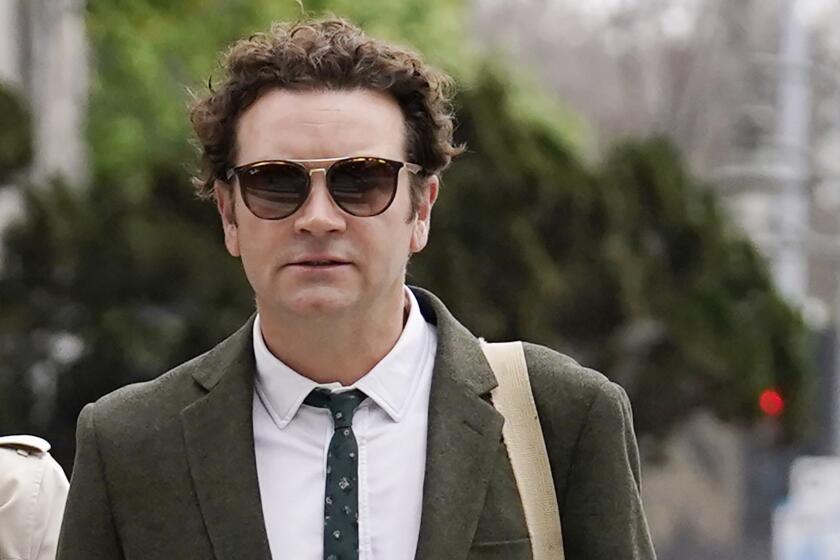Beyond Toxic Cleanup
With one hand California must clean up existing toxic dumps; with the other it must find ways to reduce the need for dumps. With the present system the state is losing money that could be better spent on economic development, and it is also putting public health at serious risk.
The farms and aerospace, defense, electronics and petrochemical firms that are vital to the stateâs economy involve intensive use of chemicals. They produce not only food and fuel, computers and calculators but also toxic wastes. Some leak into the air and water. That canât go on.
Two developments may produce movement toward solutions, if politics doesnât poison the air. Gov. George Deukmejian has released a report from his task force on toxics, which called for reducing by two-thirds the amount of hazardous waste by 1992. The governor also has endorsed a $200-million bond issue for the November ballot, half of which would go toward developing technology to eliminate land disposal of toxics. Meantime, Lt. Gov. Leo McCarthy and a group of legislators have been shepherding along a package of bills that would accomplish some of the goals outlined in the governorâs report.
Deukmejianâs task force chairman, Chancellor Theodore L. Hullar of UC Riverside, urged that the state provide leadership in developing alternatives to burying toxic waste and in finding permanent storage for the residues that would remain after burning or recycling. Two bills that McCarthy is backing are designed to reach those goals.
AB 4000, sponsored by Assemblywoman Lucy Killea (D-San Diego) and Sen. Rebecca Morgan (R-Los Altos), would create a foundation of scientific experts to review methods to reduce the amount of toxic waste that now must be buried. Affordable technology may already exist to treat or recycle at least 80% of the waste that industrial plants regularly send to dumps, but the transition to this technology has been too slow. The state Department of Health Services opposes the bill, which could come up on the Assembly floor this week. The department says that it already does this job; the billâs backers disagree. For a modest expenditure of $200,000, public confidence might be boosted by independent analysis and money-saving technology encouraged.
SB 2500, sponsored by Sen. Barry Keene (D-Benicia), recognizes that there will always be a need for what are called âresidual repositoriesâ to handle waste that remains after treatment. This legislation, due before the Senate Appropriations Committee on June 2, would require the state to set a clear policy on how such a repository would be designed and operated and what could be dumped into it.
There are many other toxics bills now before the California Legislature that must be examined to improve cleanup of existing dumps and safety at chemical plants. But these two measures look beyond cleanup to reduction of the waste in the first place and to safer disposal of whatâs left over. They offer a framework for discussion between political adversaries, and a chance for bipartisanship to triumph over bickering.
More to Read
Sign up for Essential California
The most important California stories and recommendations in your inbox every morning.
You may occasionally receive promotional content from the Los Angeles Times.










